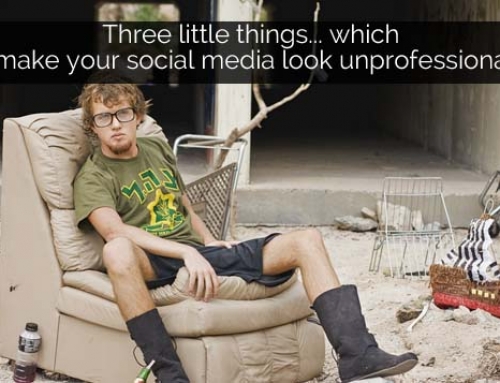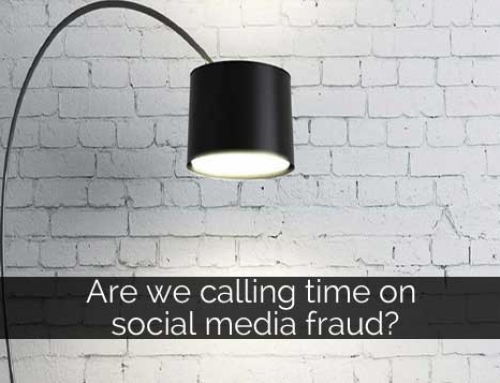While we polish off the last mince pies of 2012, now is the time for a review of the changes we’ve seen over the last year and some predictions for the year ahead. We’ve seen a few of these articles already, and far too many of them were either very broad (“there’ll be more internet use”) with no explanation of how to respond to that in a marketing strategy, or full of jargon.
So with minor apologies for the length, here are our top trends, put in simple terms to help you understand the implications for your marketing in 2013.
1) Mobile Rules
You’ll no doubt have seen at least a handful of articles talking about the growth of “mobile“, how you must have “a mobile strategy” and so on, over the last few months. Many of our clients are confused by this, with one even having something vaguely akin to a roadshow in the back of their mind.
Basically, this means Smartphones. We recently saw Smart phone ownership go over the 50% mark,. More and more online activities, reading and participation, are being done on the move, using iphones and other smartphones. This is only going to increase with the introduction of more devices on the scale between Smartphone and I-pad – the new 7″ mini tablets, for example, and the new 4G data network.
So in 2013 that means…
Well, it’s a (possible) challenge, and an opportunity. The challenge comes from the smaller screen, which has a couple of implications. Websites which are mobile ready – by which we mean actually detect that they’re being read on a mobile device and reformat themselves to make life easier for the reader, not just “yes it’s visible on an iphone” – are likely to get more eyeball time. That’s on our “To Do” list for early in the year, and we’re giving ourselves a slap on the wrist for not having got it done so far!
Also, consider the reduced screen size when posting to social media – very long Facebook updates, for example, or badly formatted images, may be annoying to someone on the move and get passed over.
The opportunities are much bigger than the challenge, though. Firstly, more people on mobile devices means overall online time will continue to increase, as those bits of time when we used to relax (remember that?!) on the bus, or while the bath is running, get taken over by a quick check of Twitter. That means the potential social media audience grows, too.
More importantly, there are rich pickings out there for marketers who start to think smart with mobile, and capitalise on their customers’ permanent connection to the web. As a simple example, putting a QR code onto point of sale posters to connect queueing customers to your Facebook page and release a coupon code if they Like you. There are so many ways in which bringing the online and physical environments closer can help you connect with your customers.
2) Visualise Everything
Perhaps partly as a response to the ever-increasing demands on our attention span, plus more beautiful screens (retina-display macbook, anyone?!) than ever before, visual-only media will become even more popular. Instagram, Twitter’s new image filter function, and the growth of Pinterest will continue. Pictures really are replacing a thousand words, and even in the B2B space, 2012 was the Year of the Infographic.
So in 2013 that means…
We’ll all be looking for creative ways to communicate visually. The quality of images for those organisations with a visual product (retailers to art galleries and beyond) will keep improving, if they’re smart – it should be a good year for photographers! Those businesses without a natural affinity to this media will have to keep looking for their angle (no more Keep Calm posters though, PLEASE), so start thinking now about how you can help customers through clever infographics or images.
This kind of content is also more demanding, in some ways, than text; particularly when you take something like Instagram. If your employees are broadcasting images, it’s both more intrusive and less nuanced than text – we’d have a side bet here on there being a visually-led PR disaster in the not too distant future, too.
3) SEO is dead
Yes, we’re being (slightly) provocative and overstating the case. BUT. Old-school Search Engine Optimisation, which tends to be associated with optimising for reading by computers in a quite mechanical way, is increasingly being sidelined by changes to the Google algorithm.
Keeping a tidy house on your webpages (proper title tags etc) is still a no brainer, but that kind of optimisation and / or bulk, meaningless link building is increasingly failing to cut the Google Page 1 mustard.
Search Engine Marketing (SEM) is a more appropriate term now, and the discipline is much more a combination of creative content with technical knowhow. The details behind this are too long to go into here, but there’s a great article here (thanks to @rwwebdesign for the spot) giving the basics.
So in 2013 that means…
More than ever, content is king. Outstanding content which either helps or entertains, will naturally attract an online buzz and be referenced (linked to) by other websites. Our current favourite example of this is Evans Halshaw’s Bond Car evolution. They could’ve just written some keyword stuffed blog posts about their new models. But they didn’t. They created a fantastic, timely piece of content (with the Skyfall release) which pretty much every petrol head on the planet wanted to talk about, and every car related website wanted to mention. Yes, that’s a big budget option – but it’s the principle you need to think about.
4) The bar is rising
We think 2013 will be the year when many organisations up their game on social media. By which we mean, start to think deeply about what they have to offer their customers on the social channels (hat tip to the rise of customer service accounts on Twitter here).
So in 2013 that means….
You need to too. Start thinking about integrating social media properly into your business processes, to see where it can solve problems for both you and your customers. Look at your internal culture, and whether it’s good enough to be exposed to social media. Get some proper training 😉
5) Google + will expand its influence….and nobody will notice
Well, the general public probably won’t. We still don’t really have a term for G+ which describes it properly. It isn’t primarily a social network, although it looks a bit like one on the surface. Most of the real power is going on underneath through its influence on social signals in search, and as a hub for all the other Google products you’re using. So while the majority of consumers will probably say “no” if asked whether they use G+ as one of their key social networks, they may well be interacting with it regularly.
So in 2013 that means…
Honestly, nobody entirely knows, yet. There are some pieces which every organisation should strongly consider putting in place, like the rel=author markup, which needs to be linked back to a Google+ profile. There is some evidence that publishing content uniquely to G+ has an impact on search, so getting your G+ profile and organisation page ready and optimised, and perhaps experimenting with what you publish there, seems sensible. But most of all, keep watching the G+ space.
Happy New Year!
A bit of a long post for us, but hopefully you found it interesting. So finally, we wish all our readers a happy, healthy and prosperous 2013.







Leave A Comment